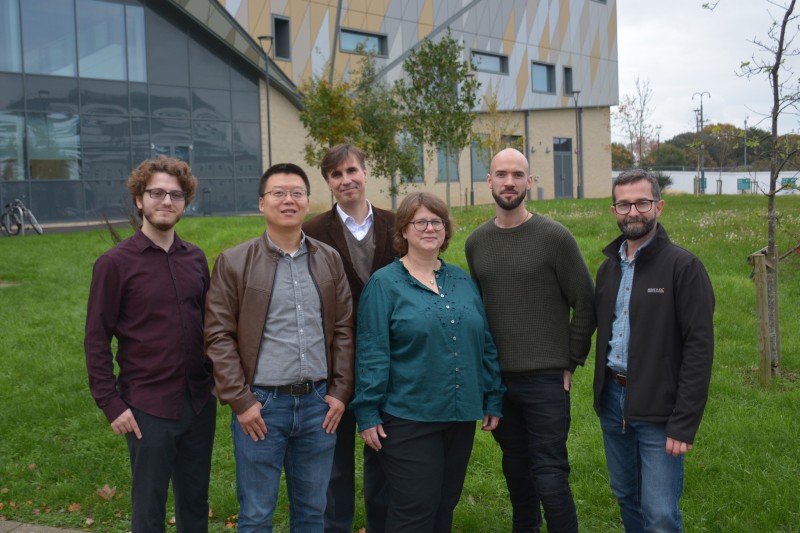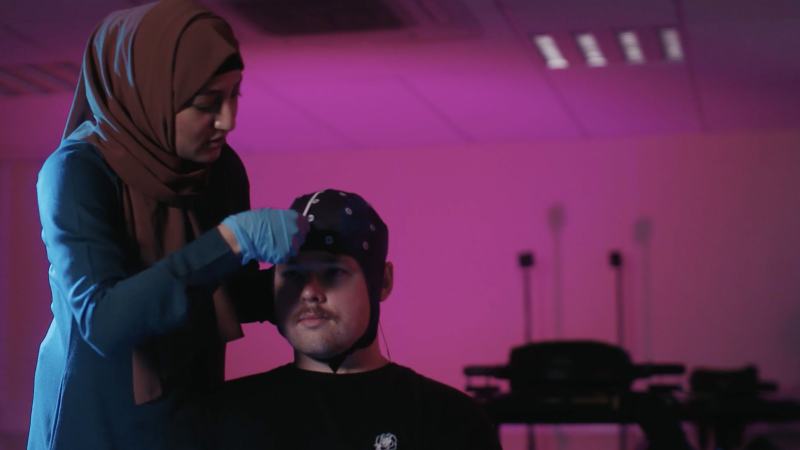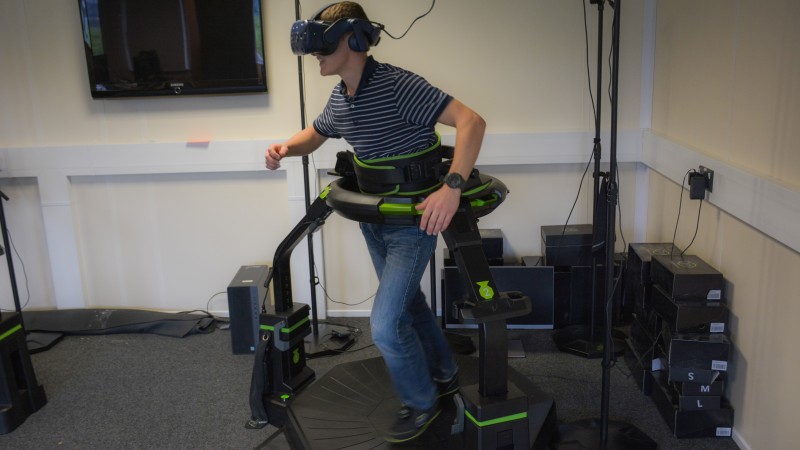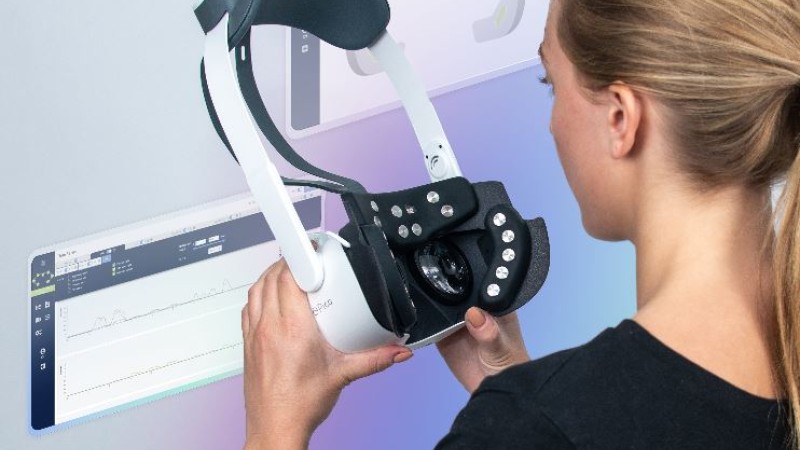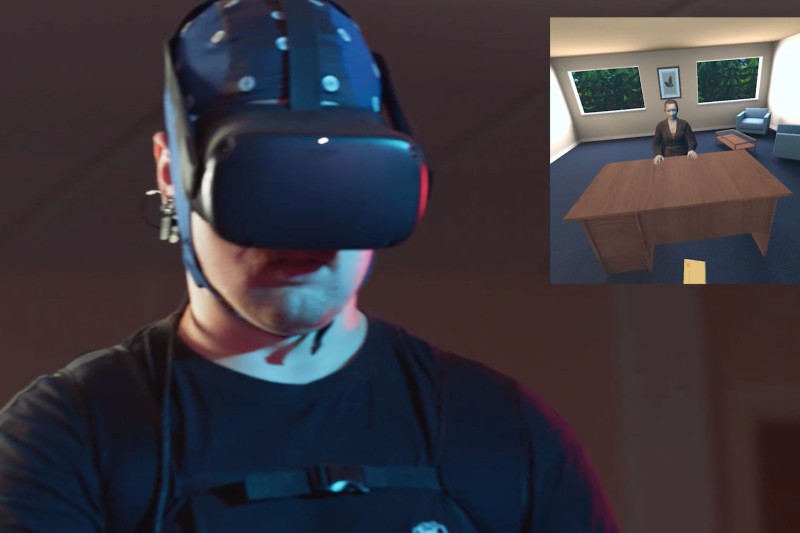A specialist team at Bournemouth University’s (BU) Multimodal Immersive Neuro-sensing (MINE) Cluster is developing new insights into ways of understanding and changing people's behaviour.
The MINE team combine cognitive neuroscience, clinical and social psychology with virtual reality (VR) and use electroencephalography (EEG) technology to record electric brain activities from people’s behaviours within interactive virtual environments.
By simulating real-life experiences, they hope to better understand how people respond to different scenarios – such as high-pressure situations. These technological advances could have implications for developing mental health treatment and resilience training and skills.
Modelling the mind
Led by Dr Xun He, Professor Fred Charles, Dr Ellen Seiss, and Dr Emili Balaguer-Ballester, MINE involves tightly controlled, VR-based tasks within BU laboratories to work out how people respond to a variety of scenarios from the active – interacting with virtual characters, to the more passive – viewing heritage objects.
During these tasks, the team measure people’s brain activities, facial muscle responses and heart rates, for example.
These tasks can reveal how the neural system works in social situations – for example, how the potential for future social interactions influences how we perceive other people’s faces and how our facial expressions respond to this.
The team can also measure people’s emotional responses with physiological sensors while they are immersed in virtual environments that excite or make them stressed or anxious. As a result, the team can monitor people’s reactions to different situations and potentially improve their mental health.
The MINE team are pioneers in the emerging field known as social and affective neuroscience, which uses BU’s in-depth expertise across many disciplines, including VR, EEG, human physiology, data science, immersive technologies, cognitive neuroscience and psychology.
Dr Xun He, Principal Academic in Psychology and Head of the MINE Research Cluster, said: “Everything depends on the brain – we have to understand how and why people perceive these objects and experiences. Humans are complex – there are multiple, not simple, causes for their behaviour."
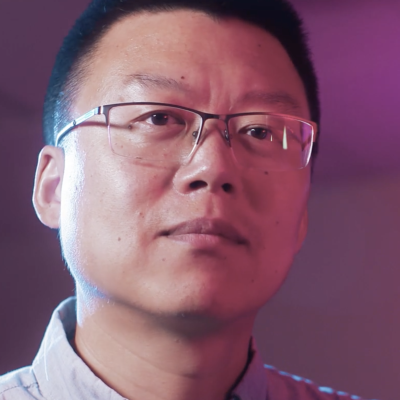
Dr Xun He
Head of MINE Research Cluster
Testing in these realistic environments will transform our knowledge of human behaviours and interactions, which we can use to help make people’s lives better.
Wide-ranging applications
In one application, the team assisted BU’s Professor Ann Hemingway who used trained horses to induce improved responses and change the behaviour of people with emotional problems in conjunction with charity TheHorseCourse. The MINE team are creating a VR version of this training course which duplicates and enhances many beneficial aspects.
BU’s research in human reactions can, in future, produce real-life benefits for society. With the rise in mental health difficulties in recent years, especially among young people, these new combined neuroscience-and-VR techniques can be applied to mental-health training and treatments, and education.
The MINE team also predict that a wide range of commercial applications could benefit from the technology. These include new ways of more accurately probing and assessing people’s reactions while playing computer games, watching films, videos, or advertisements, or experiencing interactive virtual environments for training or digital health applications.
As one of several research clusters supported by BU, MINE is creating a platform where people can explore their cognitive and emotional reactions to various situations. The team’s research can help people live better for longer and create better solutions to human problems.
